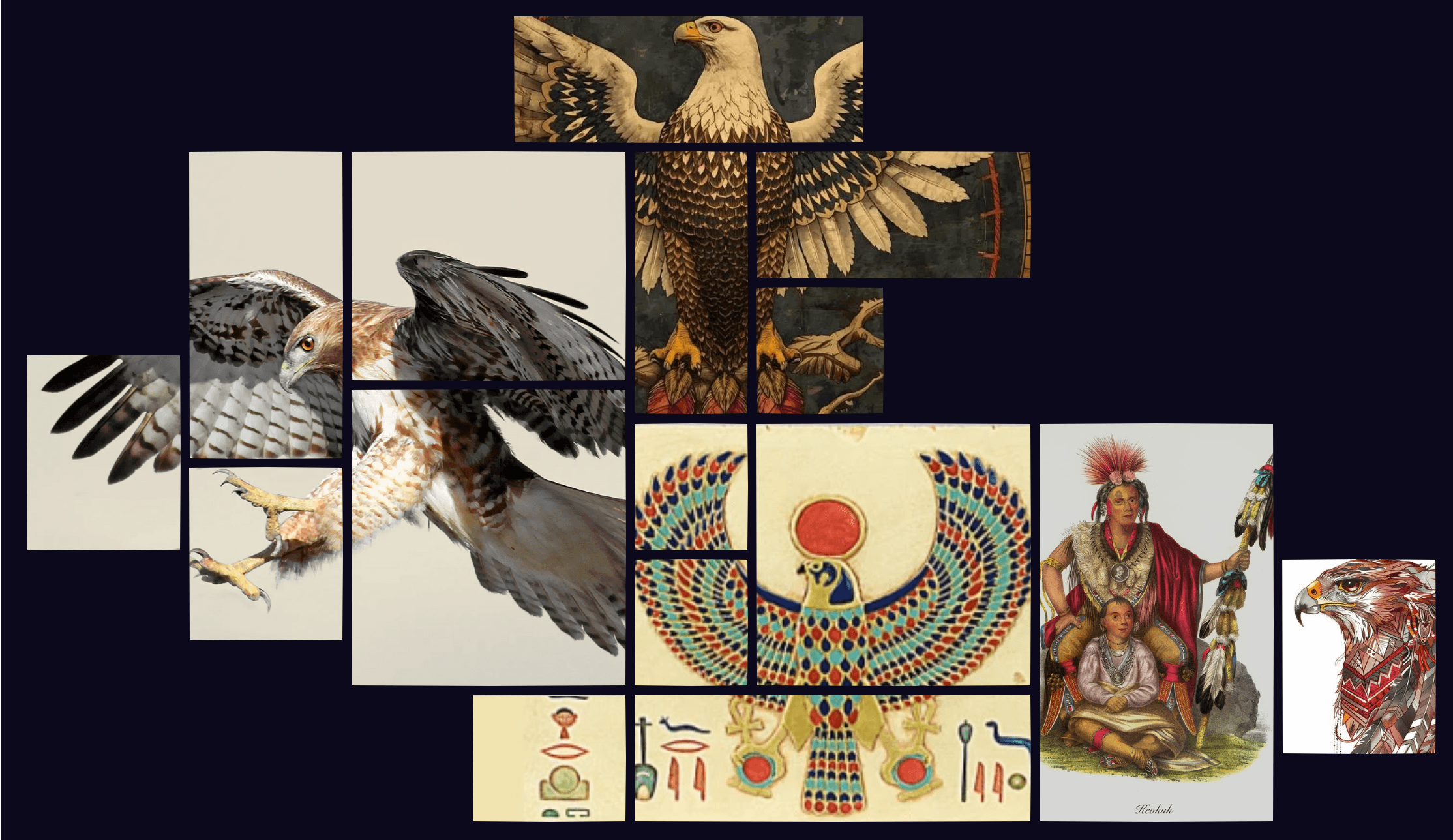Revive the Spirit of Mosul: An Architectural Renaissance Exhibition
Hind MoutaoikiIR&D Manager
Mon May 12 2025

Installed in the monumental halls of the Marciana National Library for the Venice Biennale, the exhibition ‘Mosul, an Architectural Renaissance’ (10–25 May 2025) showcases UNESCO’s ‘Revive the Spirit of Mosul’ initiative — the largest reconstruction programme in its history, highlighting the efforts to restore Mosul’s cultural heritage following its devastation.
In the hallowed halls of Venice's Marciana National Library, a profound narrative of hope unfolds. The exhibition 'Mosul, an Architectural Renaissance' stands as a powerful testament to humanity's extraordinary capacity for renewal, inviting visitors to witness the resurrection of a city that has weathered the most devastating of storms.
A Tapestry of Resilience
Mosul—a name meaning "the link" in Arabic—is more than a city. It is a living, breathing chronicle of human civilisation, a crossroads where cultures have intersected and intertwined for over two and a half millennia. Nestled on the banks of the ancient Tigris River, this remarkable urban landscape has long been a sanctuary of remarkable architectural beauty and profound cultural tolerance.
The city's urban fabric tells a story of remarkable complexity and beauty. Narrow, winding streets whisper tales of generations past, where mosques, churches, and synagogues stood shoulder to shoulder—a testament to a harmony that transcended religious boundaries. Each stone, each intricate alabaster façade speaks of a rich, multilayered history that refused to be erased.
The Wounds of Conflict
When the darkness of conflict descended, Mosul faced destruction that threatened to obliterate centuries of cultural heritage. Daesh's brutal campaign sought to tear apart not just buildings, but the very spirit of a community that had thrived on diversity and mutual respect. The Al-Nouri Mosque—a symbol of the city's soul—bore the brunt of this violence, its ancient walls scarred by explosions and hidden bombs.
Yet, in June 2024, something extraordinary happened. Where others might have seen only ruins, UNESCO saw potential. Six hidden bombs were discovered and neutralised, a metaphorical and literal defusing of destruction's legacy.
A Meticulous Resurrection
The reconstruction of the Al-Nouri Mosque epitomises human determination. Each phase of restoration was a delicate dance of preservation and renewal:
- Temporary steel supports cradled the ancient structure, protecting its most vulnerable elements
- Damaged walls were carefully dismantled, with every original alabaster column treated as a precious memory
- A permanent steel structure was ingeniously integrated, ensuring the mosque's resilience against future challenges
- Original architectural elements were lovingly reinstated, bridging past and present
More Than Reconstruction: A Cultural Rebirth
This is not merely about rebuilding walls and domes. It is about reconstructing identity, healing collective trauma, and reaffirming the indomitable spirit of a community. The exhibition in Venice serves as a global platform, inviting the world to bear witness to Mosul's transformation.
The city's traditional houses, with their introspective courtyards and carefully guarded street facades, symbolise more than architectural design. They represent a way of life—a philosophy of protection, of inner strength that withstands external turbulence.
A Universal Message of Hope
Mosul's renaissance speaks to something profound and universal. It reminds us that cultures are not easily destroyed, that beauty can emerge from devastation, and that human creativity knows no bounds. Each restored arch, each reinstated column is a declaration: we shall not only survive, but we shall flourish.
As visitors walk through the exhibition, they are invited to see beyond the physical reconstruction. They are witnessing a spiritual renewal, a reaffirmation that our shared human heritage is more powerful than any force of destruction.
The story of Mosul is not just Iraq's story. It is humanity's story—a narrative of hope, resilience, and the extraordinary power of collective healing.
previous
The Wisdom of Star Wars: Timeless Lessons from a Galaxy Far, Far Away
next
The Gentle Art of Reading More: Finding Literary Moments in a Busy World
Share this
Hind MoutaoikiI
R&D Manager
Hind is a Data Scientist and Computer Science graduate with a passion for research, development, and interdisciplinary exploration. She publishes on diverse subjects including philosophy, fine arts, mental health, and emerging technologies. Her work bridges data-driven insights with humanistic inquiry, illuminating the evolving relationships between art, culture, science, and innovation.
More Articles

How Ancient Teachings Offer Timeless Wisdom for Navigating Modern Life

The Unique Mural Art of Morocco: Exploring the Stories and Symbols Behind the Walls
The Great Barrier Reef: Exploring the Future of Australia's Iconic Marine Ecosystem

Exploring the Future of Transportation: Innovations Shaping Mobility in 2025 and Beyond

Unveiling The Spiritual Significance of the Hawk: Messages from Above





